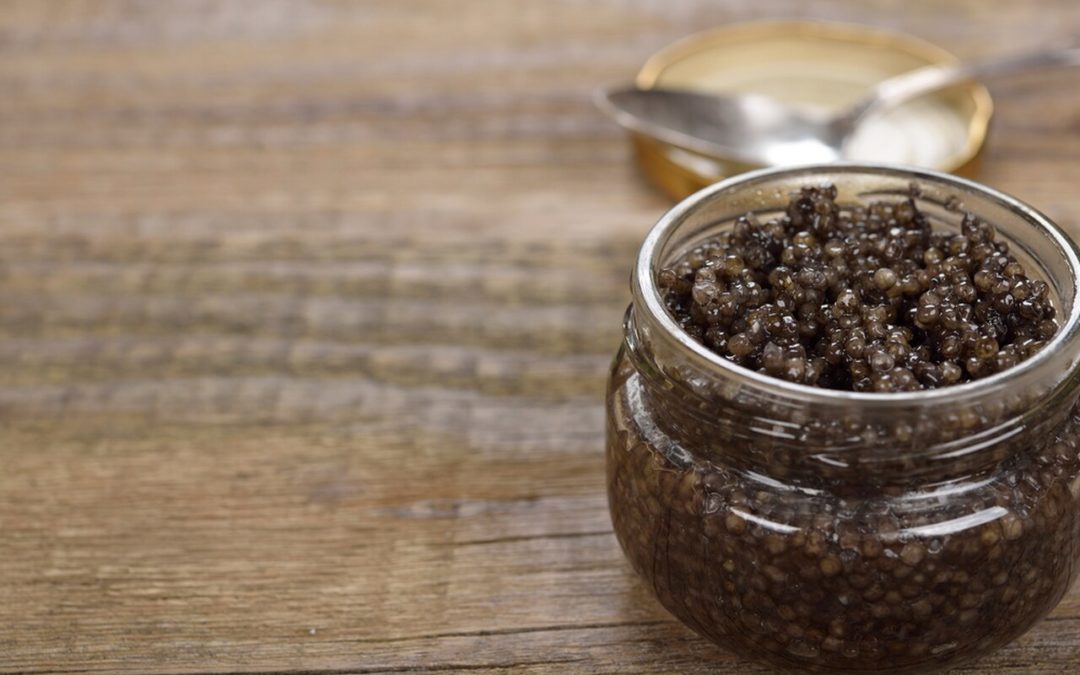The history of caviar tend to lead us to exotic places like the Caspian or Black sea. However, American waters had been teaming with this untapped treasure long before the abundance of sturgeons caught the eye of Henry Schact. Schact is a German immigrant whose name is inextricably linked to caviar because of his pioneering work in establishing the American caviar industry.
Caviar is a captivating subject because of the complexities and simplicities of its past present and future. Unlike the caviar of Europe, the American beginnings of this fragile fare evolved in a round-about sort of fashion. For instance, American Caviar was not always considered the best caviar or a rarefied treat that belonged only on the tables of the wealthy. In fact, the American Caviar story began rather unromantically as part of the diet for Native Americans in the Northeast. That is until Schact found a more lucrative use for the giant sturgeons teaming in the rivers of his new country.
Once Schact recognized the potential at his disposal, the American history of caviar had begun. The industrious and enterprising skills of this man lent themselves well to the rapid development and growth of the caviar industry. Despite the fact that it may not have been considered to be the best caviar, due to the preservation and shipping methods available at the time, before long the United States was producing 90% of the world’s caviar. Schact exported caviar in barrels all over Europe for a dollar a pound. At one point in the American history of caviar, the surplus of this delicacy became part of the nation’s drinking salon marketing strategy. Huge bowls of heavily salted sturgeon roe was placed on bar counters; free for the taking. The saltiness of the caviar made drinkers thirsty which in turn increased liquor revenue.
Overfishing eventually caused the American caviar industry to suffer the same fate as its European counterpart. With the sturgeon population dwindling rapidly, the value of the ethereal pearls increased. As the supply and demand ratio changed, various environmental programs were initiated to sustain the sturgeon population while improving harvesting and preservation methods. And so, fish farms began to pop up near sturgeon habitats.
By 1906 another innovator, Harry Dalbow, introduced the idea of canning caviar. Canning allowed for progress in preservation techniques and longer shelf life. Incidentally, the idea of putting the best caviar in small glass jars was also birthed in the American Caviar industry. Before long, caviar began to claim its status as a luxury food in the United States. Not surprisingly, the pricier caviar became the smaller the portions. This was due to the fact that opening a can of caviar further decreased the shelf life of this delicacy. Eventually, American caviar that was once pushed on drinkers, sold by the barrel or for pennies in American restaurants was now being treated as priceless gems.
Today, the history of caviar from its American beginnings have come full circle. The quality of caviar in the United States rivals that of the best caviar from the Caspian Sea and Black Sea.
Buy Caviar online and follow House of Caviar and Fine foods on our Facebook page to explore the many ways you can enjoy or incorporate caviar into your lifestyle. You can also purchase the freshest domestic or imported caviar and other specialty foods such as black, white and summer truffles, foie gras and accessories from our caviar online store.

